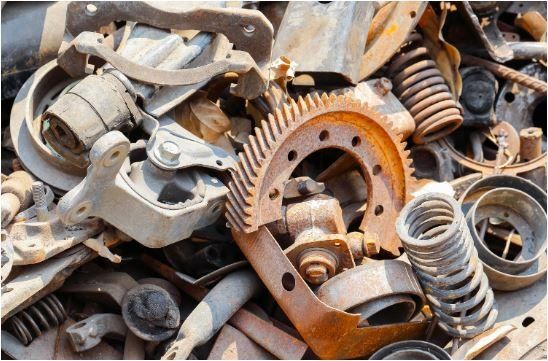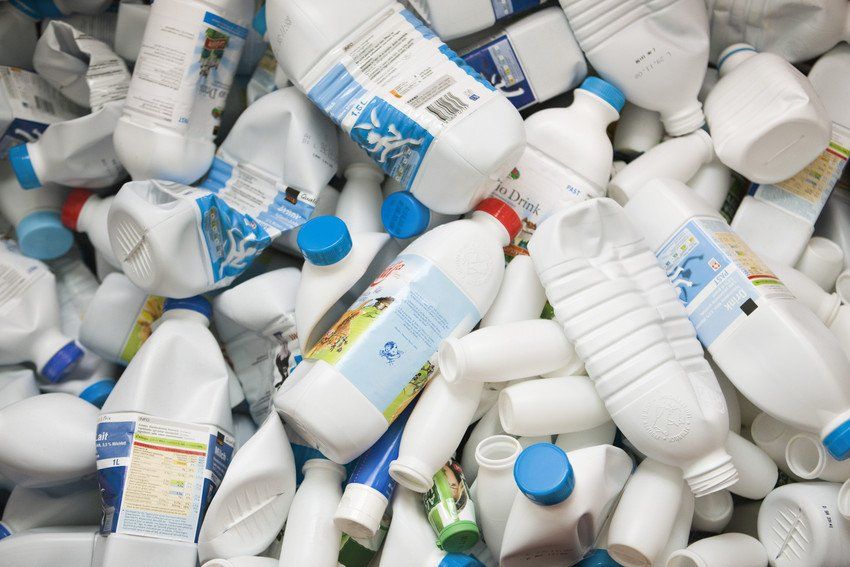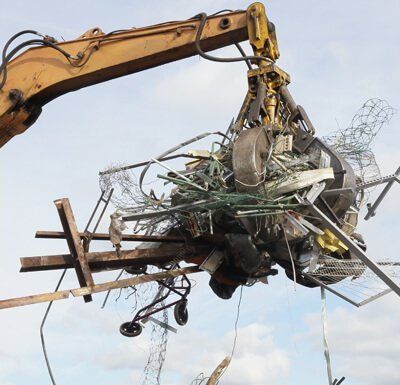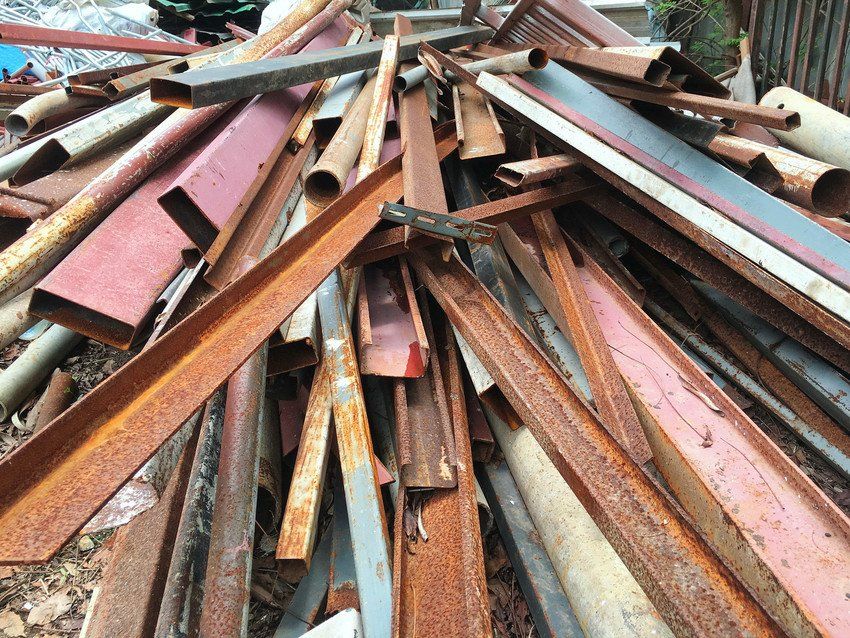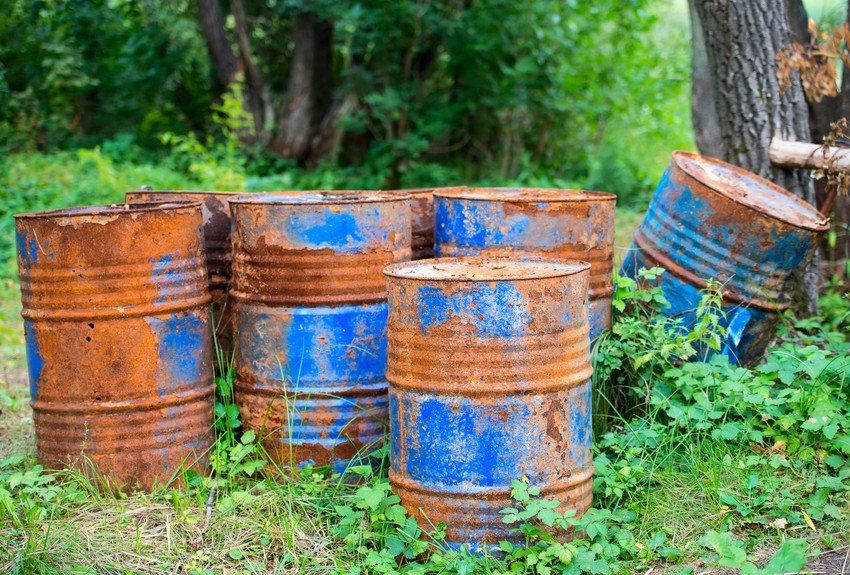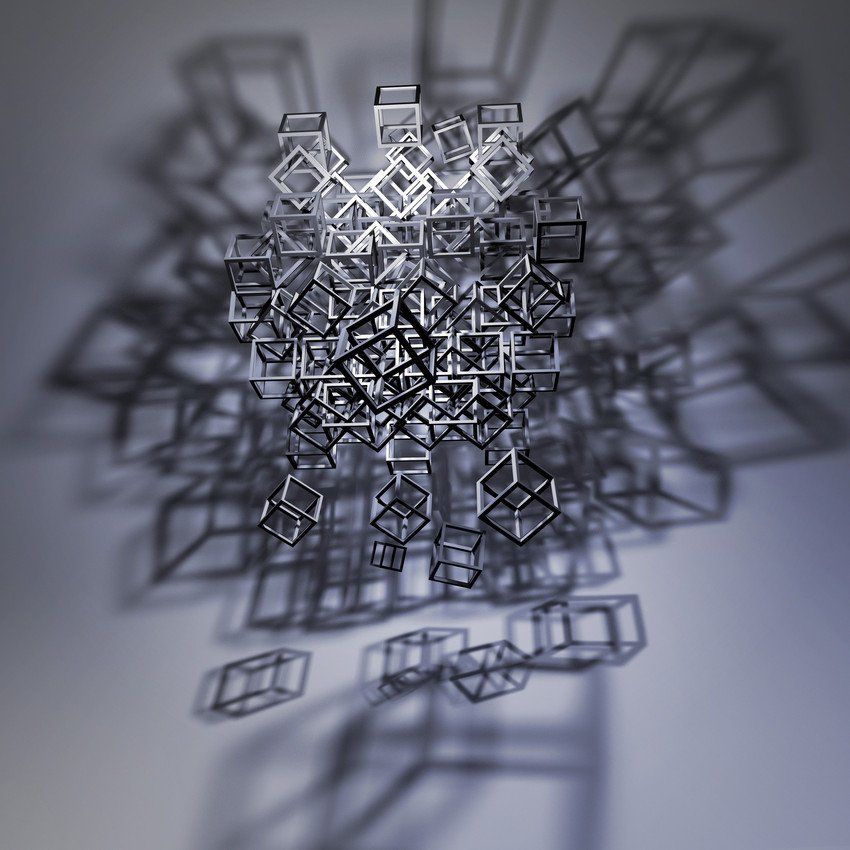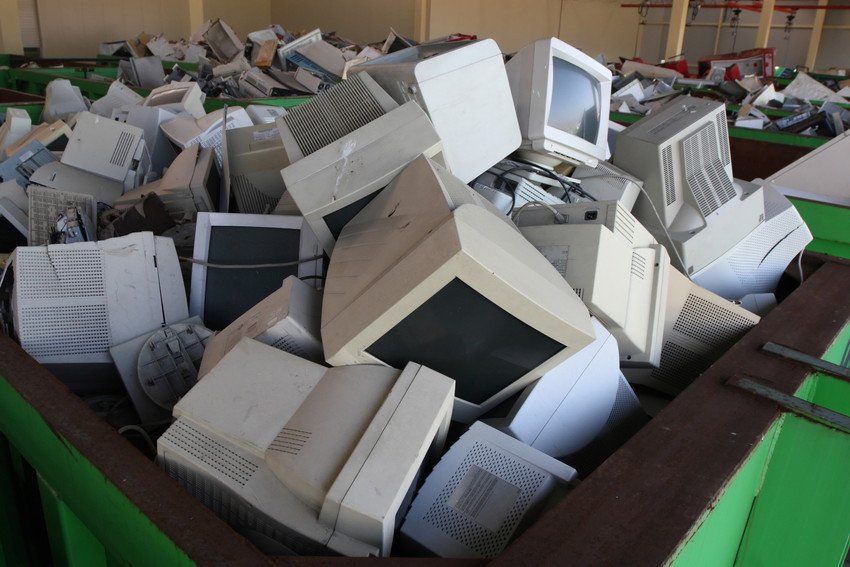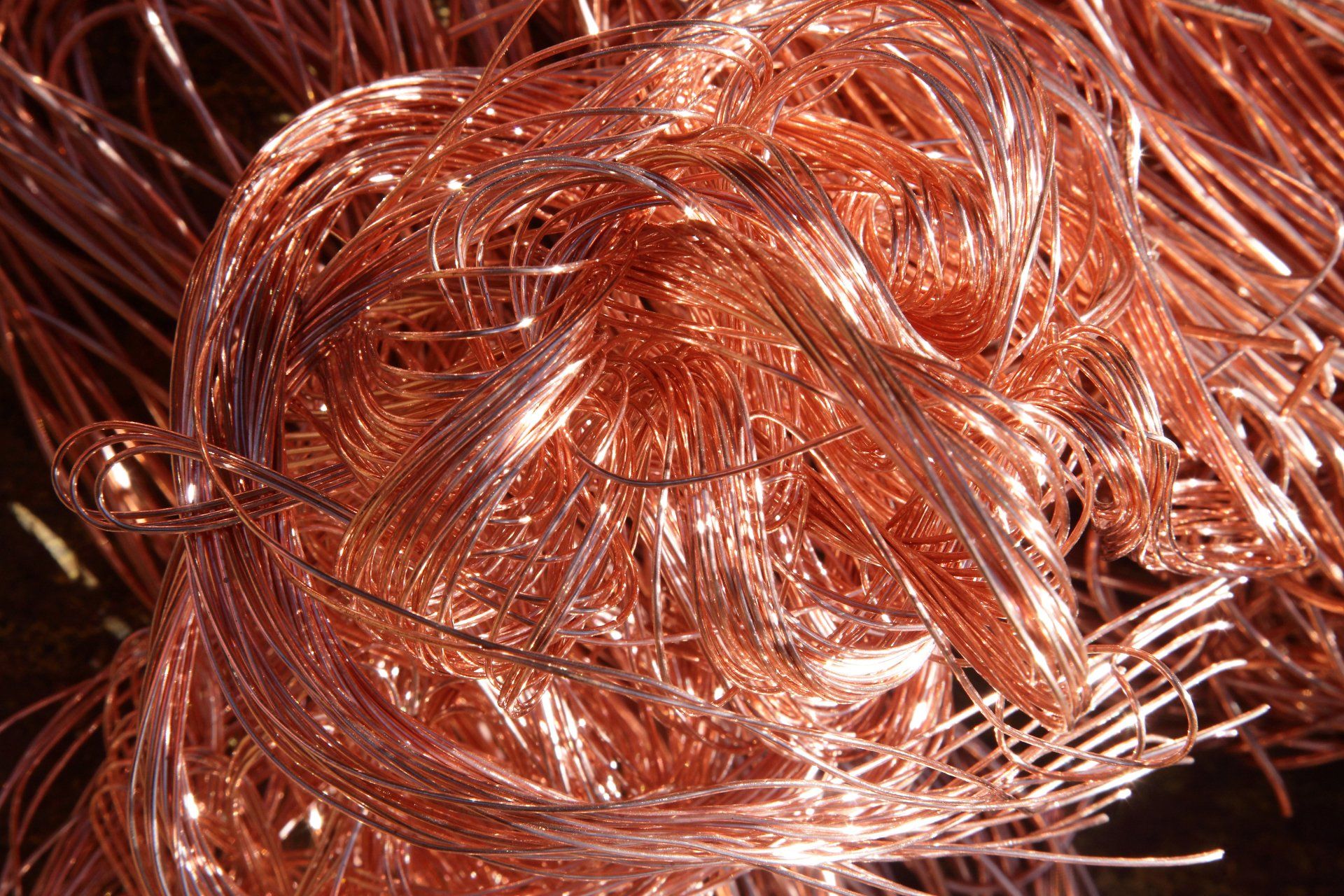What Are WEEE Recycling Regulations?
As most businesses and consumers will know, electrical recycling is mandatory here in the UK. However, understanding the specific rules and regulations surrounding the disposal of electrical equipment can be somewhat confusing. For this very reason, the UK government implemented guidance surrounding Waste Electrical and Electronic Equipment, or ‘WEEE’.
The WEEE regulations exist to control and reduce the amount of electronic waste that is sent to landfills at the end of its useful life. This is done by ensuring that manufacturers, importers and distributors of electronic equipment conform to the various measures required to recycle said goods.
Below, we’ll outline the various types of equipment that are covered by the Waste Electrical and Electronic Equipment regulations.
What Do WEEE regulations cover?
In order to enable manufacturers, retailers and end-users to properly understand the regulations surrounding electronic equipment, WEEE legislation can be broken down into 14 main categories.
- Large Household Appliances - White goods such as washing machines, dishwashers and tumble dryers. This does not cover cooling equipment (see below).
- Small Household Appliances - Goods such as kettles, toasters and irons fall into this category.
- IT & Telecommunications Equipment - This covers computers, phones, tablets and accessories.
- Consumer Equipment - Hi-fi equipment, electrical musical instruments, radios etc.
- Lighting - Light fittings and luminaries.
- Electrical tools - This covers drills, lawnmowers and other power tools.
- Toys & Leisure Equipment - All electric toys, from video games to slot machines.
- Medical Devices - Ventilators, radiotherapy equipment etc.
- Monitoring & Control Devices - Thermostats, smart meters etc.
- Automatic Dispensers - Vending/Cash Machines etc.
- Display Equipment - Televisions and monitors.
- Cooling Equipment - Refrigerator and air conditioning equipment.
- Gas Discharge & LED Lamps - most types of fluorescent lighting as well as high-intensity discharge lamps and LEDs.
- Photovoltaic Panels - Similar to solar panels, these convert thermal energy into electricity.
Identifying WEEE Goods
Of course, it may be unclear which of the above categories certain appliances fall into. To distinguish WEEE goods, be sure to look out for a small symbol depicting a wheelie bin with a cross marked through it. This indicates that the electrical equipment must be responsibly recycled and should not be sent to landfill.
Who Pays For The Recycling Of WEEE Goods?
As is the case with any recycling process, collecting, treating, recovering and disposing of WEEE goods costs money. However, unlike general waste management and domestic recycling, which is paid for by taxpayers, it is the responsibility of the producers of the electrical and electronic goods to finance their collection and recycling.
WEEE Recycling From Broughshire Waste Metals
For businesses and organisations, the surest way to stay compliant with WEEE regulations is by employing the services of a reliable waste metal recycling company. Here at Broughshire Waste Metals, we're proud to offer our customers environmentally friendly e-waste recycling services.
Whether you’re looking to correctly dispose of televisions, computers and fridge freezers or require more information regarding responsible electronic equipment recycling, we’re here to help.
Get in touch with us today.
